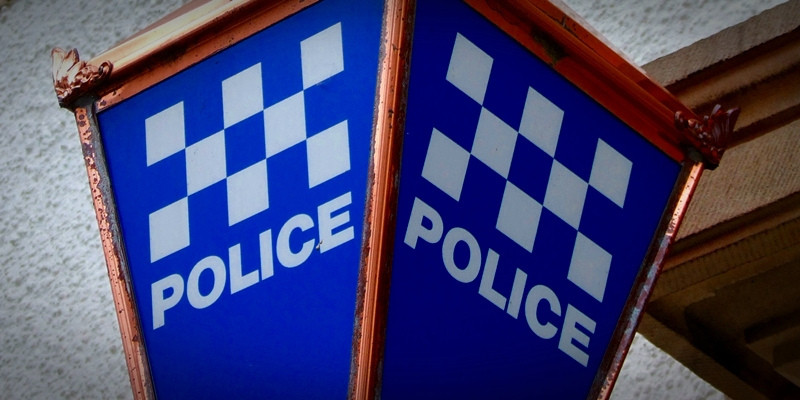Scotland’s police wage bill has risen by £40 million over the past three years but the number of bobbies on the beat has gone up by just 160 in that time.
Figures released on Thursday in the Scottish Police Performance Framework report reveal that there were 17,169 full-time equivalent police officers in Scotland in 2008-09. They earned a combined £672.7m.
The following year police numbers rose to 17,503 and the salary bill rose to £697.6m.
Although police numbers fell back to 17,328 in 2010-11, staffing costs continued to soar and broke the £700 million barrier, despite the ongoing squeeze on public spending.
Total salary costs now stand at £713.23m, an average of more than £41,000 per police officer.
The number of police support staff went up by 49 over the same three-year period, from 511 to 550. Their combined salaries rose from £175.78m to £195.63m.
Since 2008-09 only Tayside and Fife Police have recorded an increase in the number of staff.
Policing numbers in Tayside have gone up by 38 to 1,238 while in Fife the number of officers has gone from 1,078 to 1,111.
The rising costs have been offset by savings elsewhere.
Police forces made savings of £80.34m last year, far exceeding the target of £51.7m.
The Scottish Government pledged to recruit 1,000 more police officers when it came into office in 2007.
That target was met this year but George McIrvine, who represents Tayside Police support staff for the trade union Unison, said the policy has led to ”economic madness”.
Mr McIrvine said that to maintain officers, support staff who earn less are being allowed to leave and their positions filled by officers who can sometimes be earning double the wage for the same job, when they should be out on the beat.
He said: ”In the last round of voluntary redundancy 55 posts went and that was on top of the 53 that had gone before that and were not replaced. The reality is that support staff have to take on more work or that police officers who earn double are taken off the streets and filling these posts.”
A request to launch another round of early retirement and voluntary redundancies will go before Tayside Police Joint Board on Monday.
”It should be a balanced police force by they have to maintain these 1,000 extra officers over five years,” said Mr McIrvine.
”They don’t want to find a solution, just stick to the manifesto pledge.
”It is economic madness as a tax payer it annoys me that we are being asked to pay double for people who don’t do the job as well.
”Support staff can concentrate on their jobs while police officers have other responsibilities to consider too.”
A Scottish Government spokeswoman said the rising wage bill and need to maintain police numbers is why it is necessary to ”reform” the police.
The Scottish Government intends to merge Scotland’s eight forces into one, unified force, claiming merging them and the country’s fire and rescue services into nationally-run organisations will save £130m a year and £1.7bn over 15 years.
